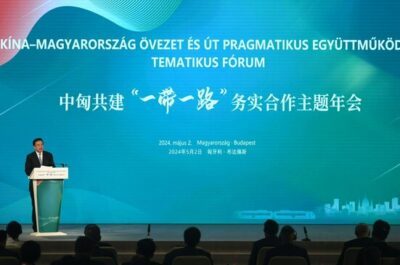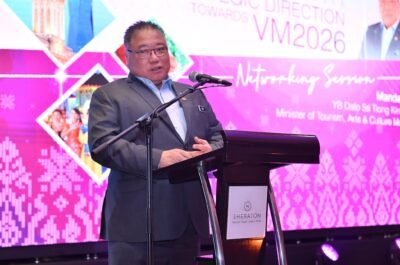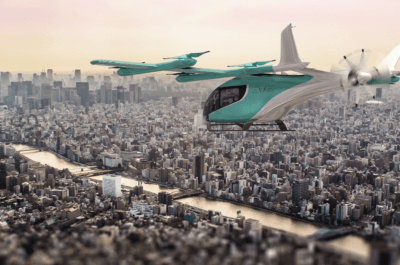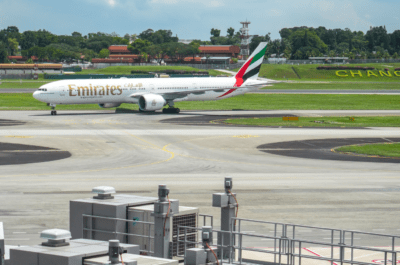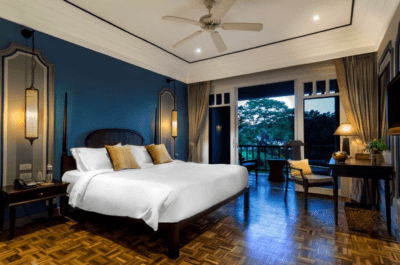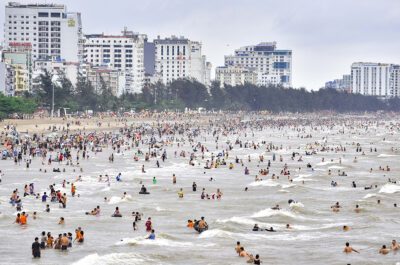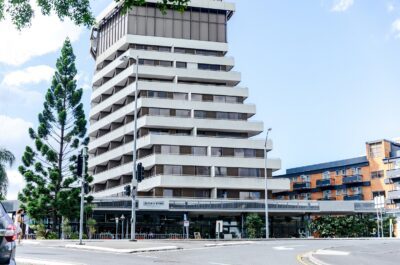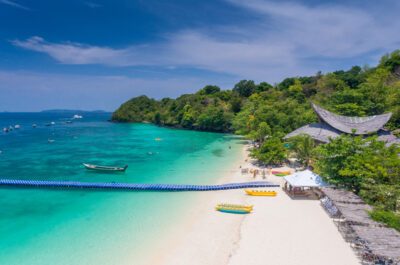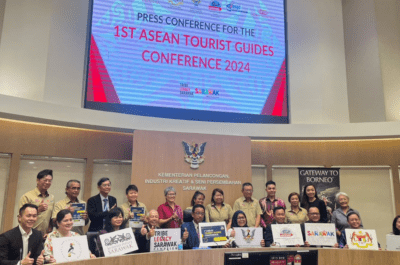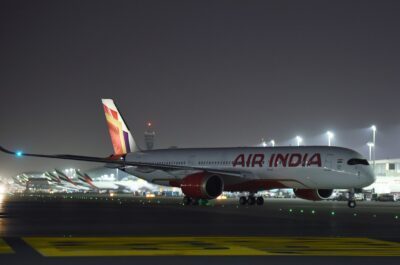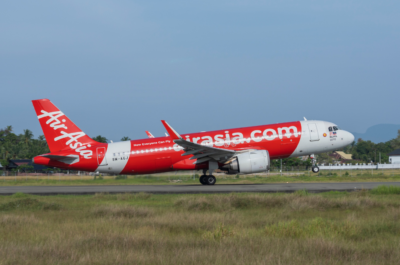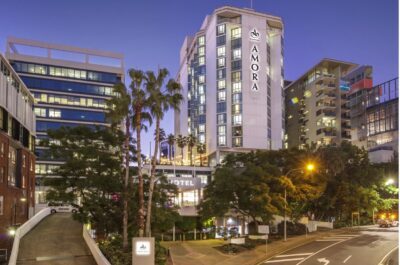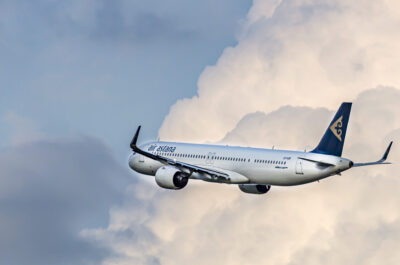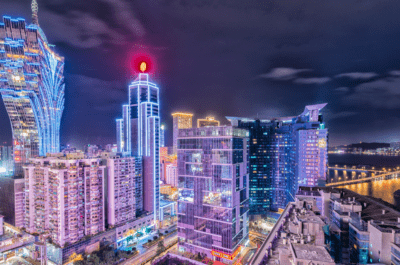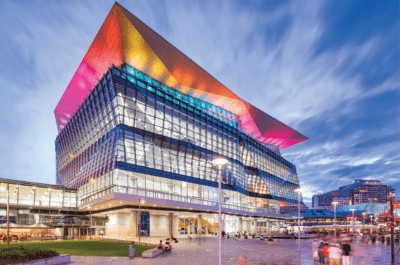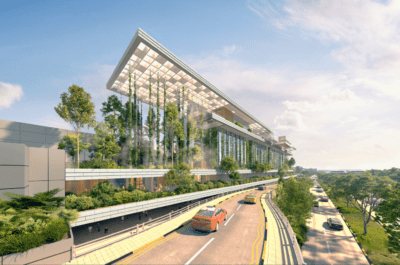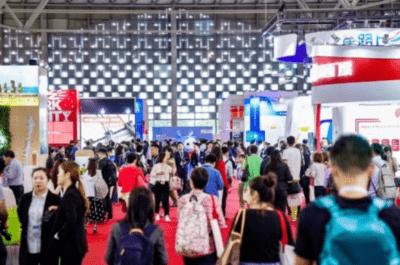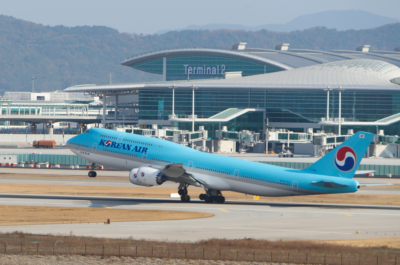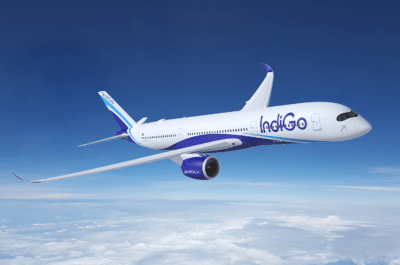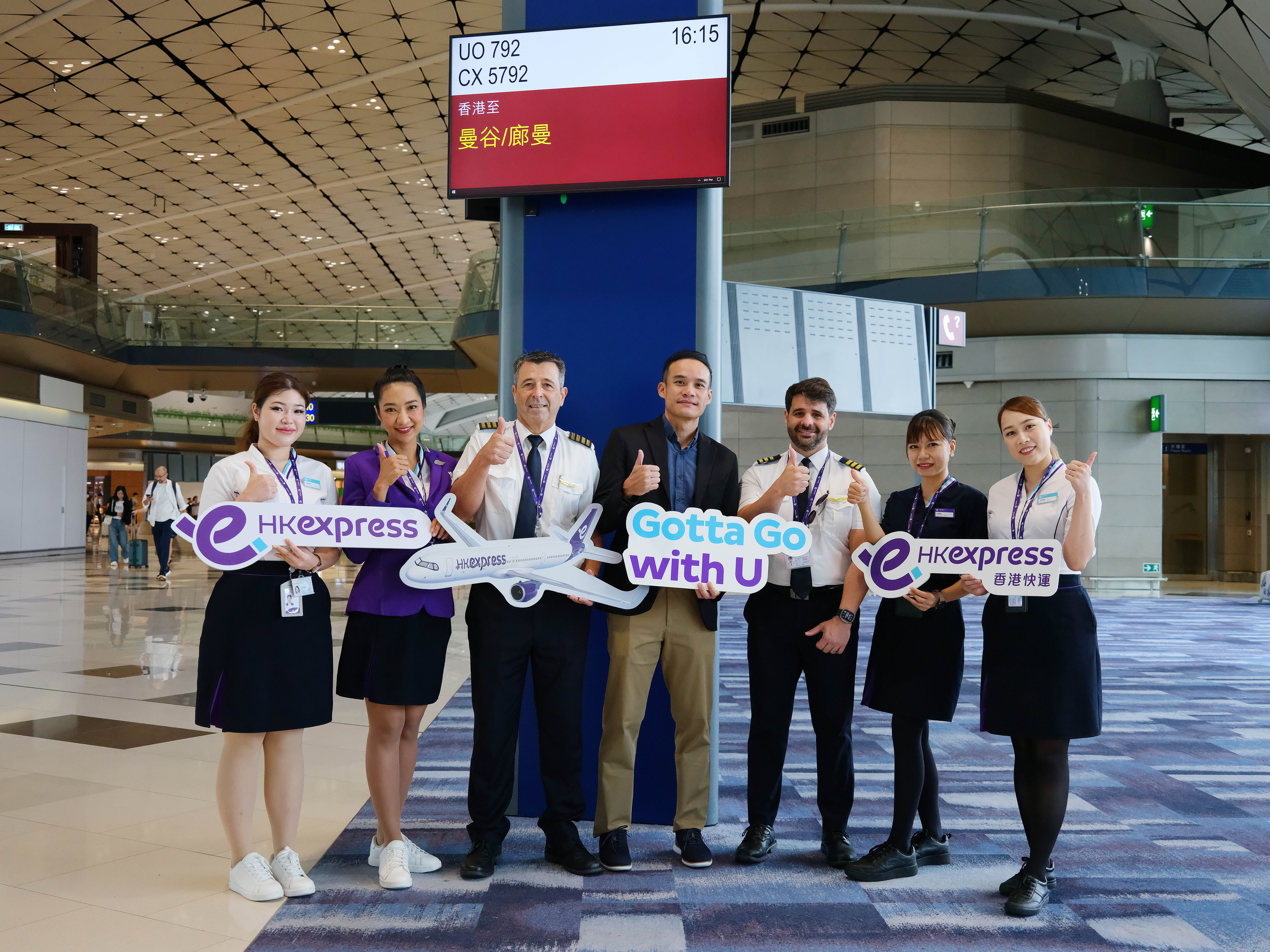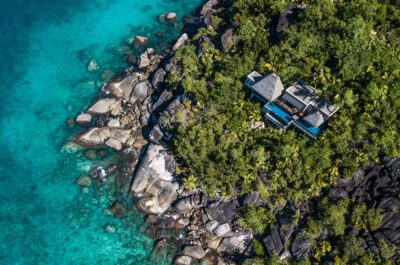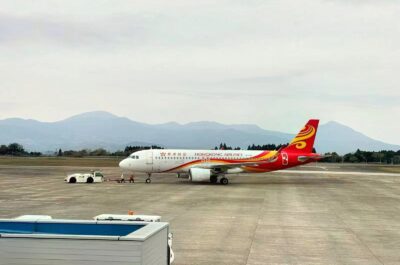Vietnam, a country rich in cultural heritage and history continues to lure tourists from all corners of the globe…
Vietnam, a country rich in cultural heritage and history continues to lure tourists from all corners of the globe. The country`s stable political and economic conditions, combined with a number of government initiatives are making the country an attractive destination for both tourists and investors. According to the HotelBenchmark Survey by Deloitte year-to-September 2004 figures show that both Hanoi and Ho Chi Minh have seen significantly stronger growth in revenue per available room (revPAR) than South-East Asia as a whole when compared to the same period in 2000.
Visitor arrivals bounce back
When SARS hit Asia in 2003, Vietnam tourism came to a halt and many high-class hotels were left almost vacant. However, the virus was contained within two months and Vietnam became the first affected country to be declared SARS-free. The Vietnam National Administration of Tourism (VNAT) submitted a set of measures to the government to reduce the impact of SARS and their tourism industry quickly bounced back.
According to the VNAT, international arrivals to Vietnam for the first nine months of 2004 were up 30.5% to 2.1m compared to 2003. Vietnam`s top source market China, contributes to more than 27% of total arrivals, closely followed by Taiwan, Japan and South Korea. Domestic tourism is also increasing, as disposable incomes rise and travel within the country becomes easier.
Traditionally, the Vietnamese government required visitors to go through a time consuming and expensive visa process. However, recognising the detrimental effect this policy was having on the economy, the government introduced a number of changes. Japanese visitors were granted 15-day visa-free stays to Vietnam in January 2004. This policy was also introduced to South Korean citizens in July 2004. Several Association of South-East Asian Nations (ASEAN); namely Thailand, Philippines, Malaysia, Indonesia, Singapore and Laos also have reciprocal visa-free agreements with Vietnam.
Up, up and away
Currently there are only a limited number of direct flights to Vietnam from its principal source markets. The national airline, Vietnam Airlines plans to invest US$1.4 billion over the next decade, primarily to increase the number of planes in its fleet. Earlier this year, the airline abolished its dual-tariff structure, which enabled Vietnamese citizens to enjoy low-cost domestic flights at the expense of high fares for international passengers.
An aviation agreement between the United States and Vietnam was signed in December 2003, permitting US carriers to fly directly between the two countries for the first time since the end of the Vietnam War in 1975. In April 2004, American Airlines became the first US entrant operating daily flights from Los Angeles with a stopover in Japan, and in December this year, United Airlines will make its debut with flights between San Francisco and Ho Chi Minh City via Hong Kong.
The Civil Aviation Authority of Vietnam (CAAV) has plans to upgrade and expand the network of international and domestic airports. The country currently has three international airports in Hanoi, Ho Chi Minh City and Danang – as well as 13 domestic airports. Hanoi recently completed work on a new terminal building, offering international duty free shopping and related passenger services.
The government paves the way
The diversification of Vietnam`s tourism product has been a long-term policy of the VNAT. In 1995 the government prepared a Tourism Master Plan for 1995-2010, this was later revised in 2000. The VNAT directed the tourism industry to focus on the development of infrastructure and facilities to attract more investment, while continuing to develop a distinct tourism product. The tourism industry needs to ensure that tourism growth is sustainable if the country is to remain competitive in the international marketplace. The VNAT plans to open promotional overseas offices in Japan and France, while planning numerous tourism-boosting projects throughout the country.
Hotel performance hots up
To help understand hotel performance in Hanoi and Ho Chi Minh, we have compared year-to-September 2004 performance to the same period in 2000, a relatively stable year for the hotel industry, before the events of 9/11 and SARS.
Hotel Performance – Hanoi and Ho Chi Minh
Year-to-September 2004 versus year-to-September 2000

Source: HotelBenchmark Survey by Deloitte
Although both of the cities analysed are growing at a faster rate than South-East Asia, they have yet to reach the occupancy and average rate figures already recorded throughout the rest of the region.
Hanoi races ahead
Hanoi, Vietnam`s capital city and the country`s political, economic and cultural centre recorded strong growth in revPAR year-to-September 2004, up 85.9% compared to the same period in 2000. Improved occupancy drove these results; albeit from a low base of 34.4%. This low occupancy figure was due to an explosion of hotel supply in the late 1990`s. By improving service quality and implementing tourism and marketing programs, the city has been able to improve occupancy levels steadily over recent years. Unfortunately, this has not been the case with average room rates, which have fallen by 5.6% since 2000.
In 2004, the Travel and Leisure Magazine rated Hanoi as the fourth most attractive city in Asia, as voted by its readers in the 2004 World`s Best Awards. This view is shared not only by international travellers, but also hotel companies keen to establish themselves in the city. The Sheraton Hanoi recently opened its doors in March this year, adding 156-rooms to the city`s room count. InterContinental Hotels Group have also recently secured a deal with TPC Nghi Village Company to manage their first property in Vietnam. The 327-room InterContinental Hanoi is scheduled to open towards the end of 2005 and is being built on the banks of the city`s West Lake.
Ho Chi Minh remains steady
Ho Chi Minh, formerly known as Saigon, also produced strong revPAR growth of 67.4% year-to-September 2004 compared to the same period in 2000. While Hanoi raced ahead with staggering occupancy increases, Ho Chi Minh lagged behind, achieving growth of only 8.1%. However, Ho Chi Minh originally started on a better footing than its Northern cousin in 2000, raising occupancy steadily year-on-year before being hit by SARS. Despite the downturn in 2003, the city has still managed to increase its average room rate by an impressive 55%, year-to-September 2004, compared to the same period in 2000.
The city welcomes another new addition in February 2005, the 259-room Park Hyatt Saigon which may compromise occupancy levels in the future. The hotel is located in downtown Ho Chi Minh and is a US$44m joint venture between Saigon Real Estate, Malaysia`s Radiant Investment and Hong Kong`s United Concord International.
A bright future
With the ever growing number of tourist arrivals to the country, particularly from its neighbours in South-East Asia, demand for a more diversified tourism product will continue to grow. It is important however, that the government continues to guide the industry to sustain tourism and improve infrastructure throughout the country. Such improvements will continue to attract investment from international hotel companies, opening up new markets and destinations.
Notes: All analysis in US$
